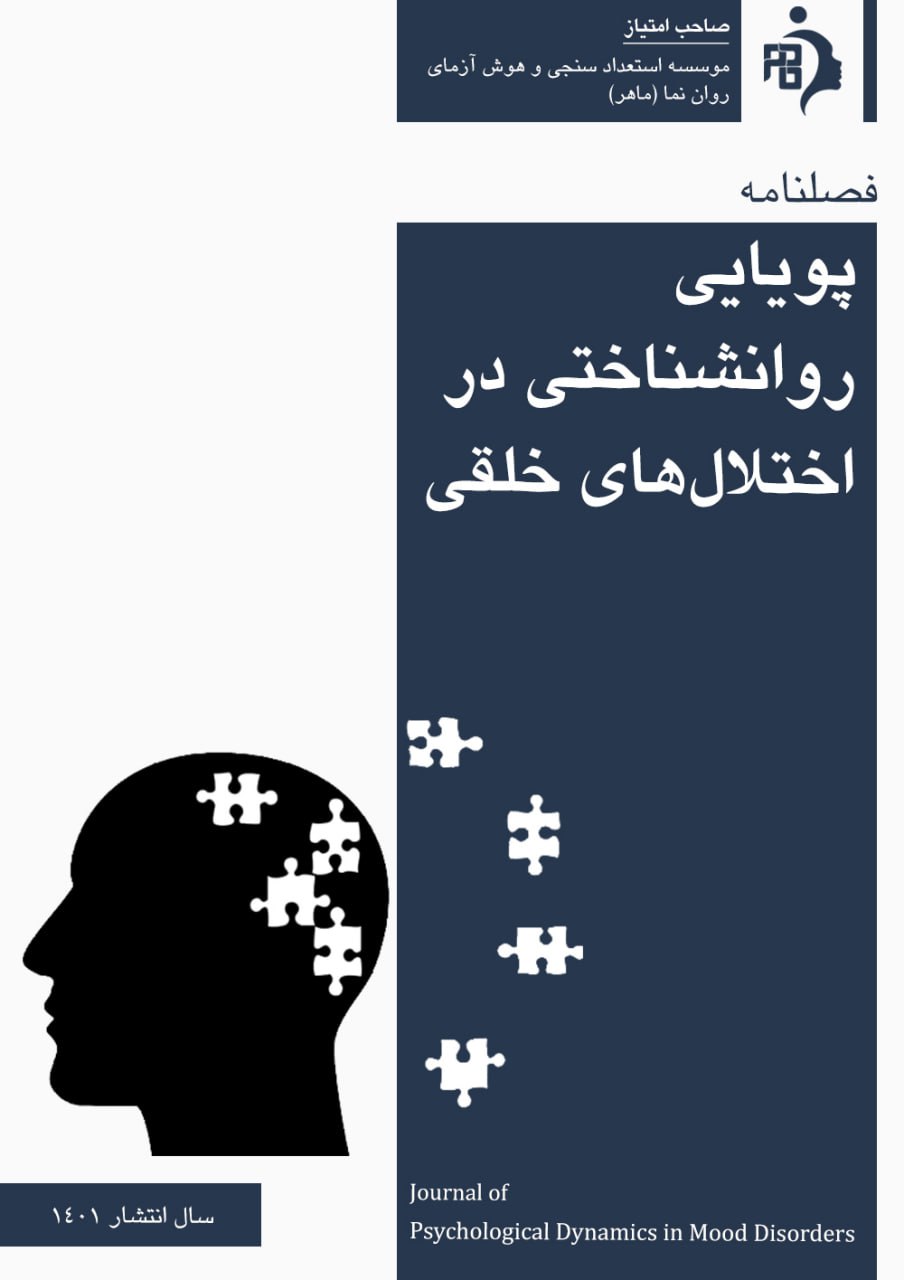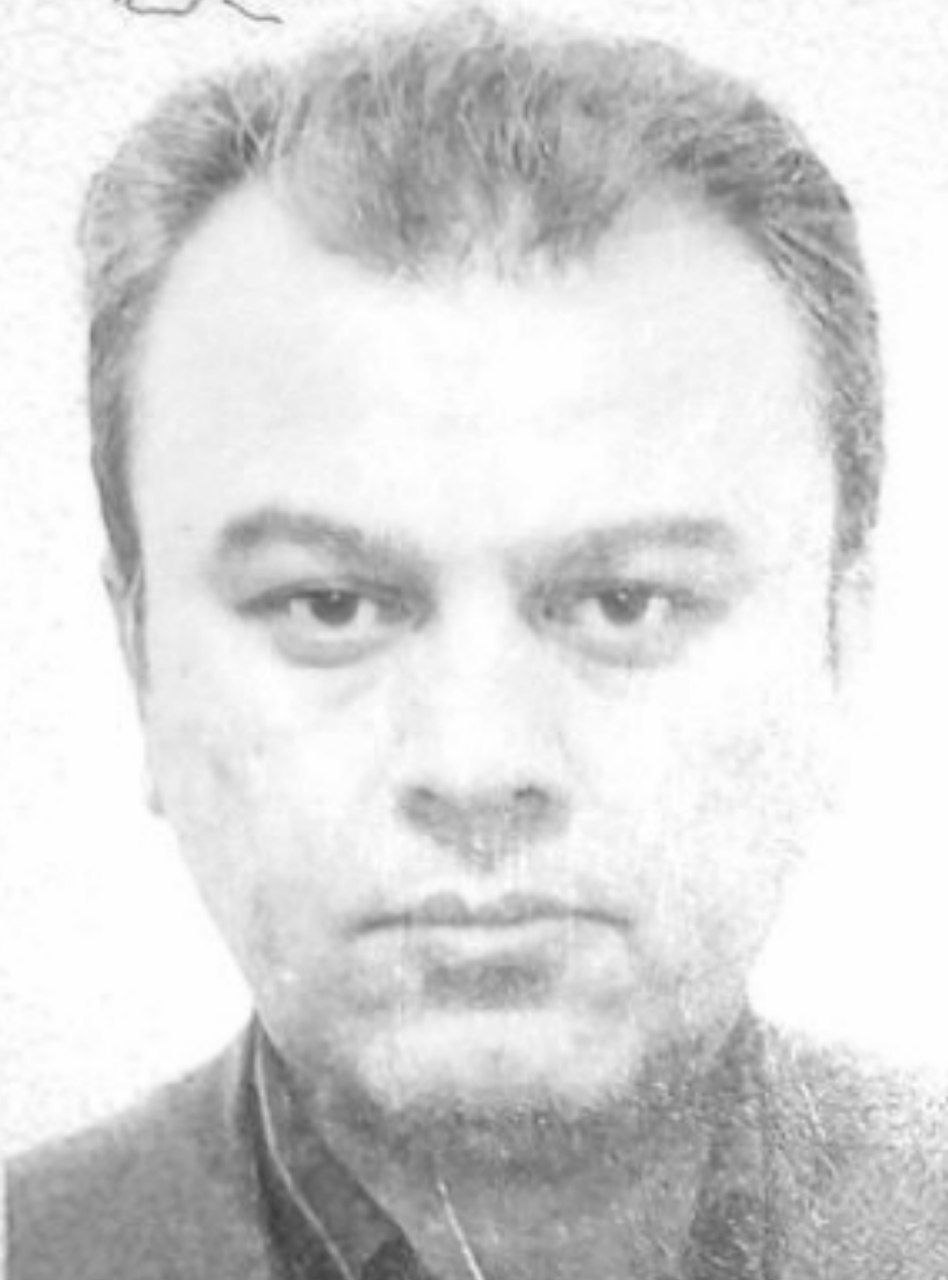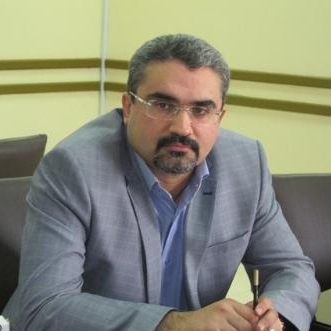The effectiveness of couple therapy with EIS model on positive and negative emotions and marital adjustment of couples
Keywords:
couples therapy with EIS model, positive and negative emotions, marital compatibility, couplesAbstract
Purpose: Marriage has always been emphasized as the most important and the highest social custom to meet people's emotional needs. The main reasons for marriage are having love and affection for a partner and companion in life, satisfying emotional-psychological needs and increasing happiness and contentment. Therefore, the purpose of this research was to investigate the effectiveness of couple therapy with the EIS model on family resilience and marital satisfaction of couples. Method: In terms of the purpose, the current research was of an applied type, and in terms of the method, based on the research design and method, it was a semi-experimental with a pre-test and post-test design (with an experimental group and a control group and a three-month follow-up period). The statistical population used in the current study included all couples who referred to family counseling and couple therapy centers in Tehran's 10th district in 1401, and 40 people (20 couples) were selected from among these people using the purposeful sampling method and randomly were assigned into an experimental group (20 people or 10 couples) and a control group (20 people or 10 couples). Then, a couple therapy package based on the EIS model (Amini et al., 2021) was implemented on the test group. The research tools included Tellgen's positive and negative affect scale questionnaire (1985) and Spainer's marital adjustment scale (1976). In order to statistically analyze the data, analysis of variance with repeated measurements and Bonferroni's post hoc test and SPSS software version 26 were used. Findings: F value and significance level obtained in the variable of positive emotions (F = 5.41 and P = 0.001), negative emotions (F = 5.60 and P = 0.001) and marital adjustment (7.15) = F and P = 0.001) were calculated. It can be concluded that the independent variable (couple therapy with EIS model) has significantly changed the dependent variables (positive and negative emotions and marital adjustment). Therefore, it can be concluded that the changes made in the dependent variables were caused by the implementation of couple therapy with the EIS pattern on the experimental group. Also, the results of Bonferroni's post hoc test showed that these effects were stable. Conclusion: Based on the available findings, it can be concluded that couple therapy with EIS model was effective on positive and negative emotions and marital adjustment of couples. Therefore, it is suggested that experts benefit from the techniques of this approach in their work.




























